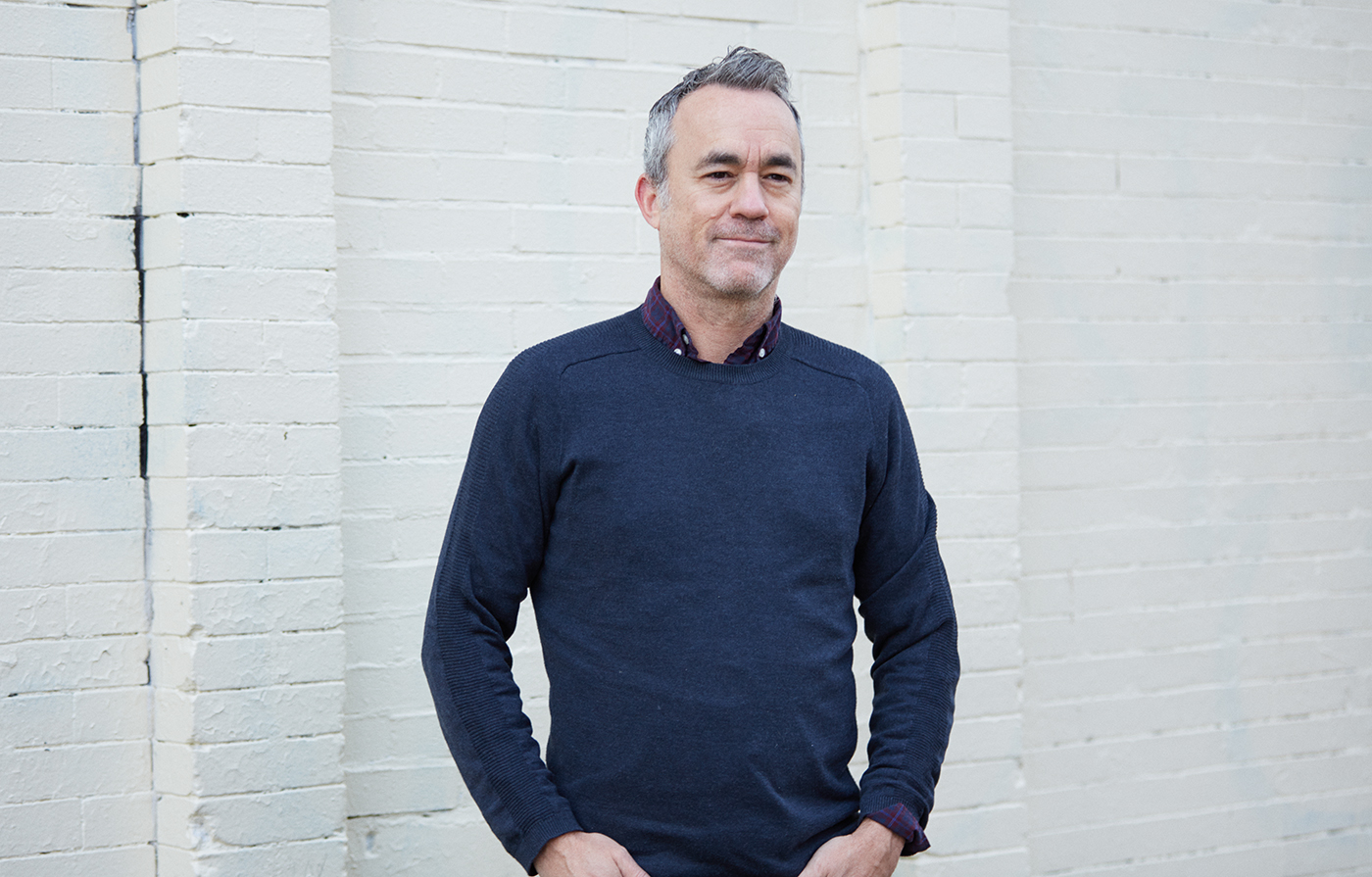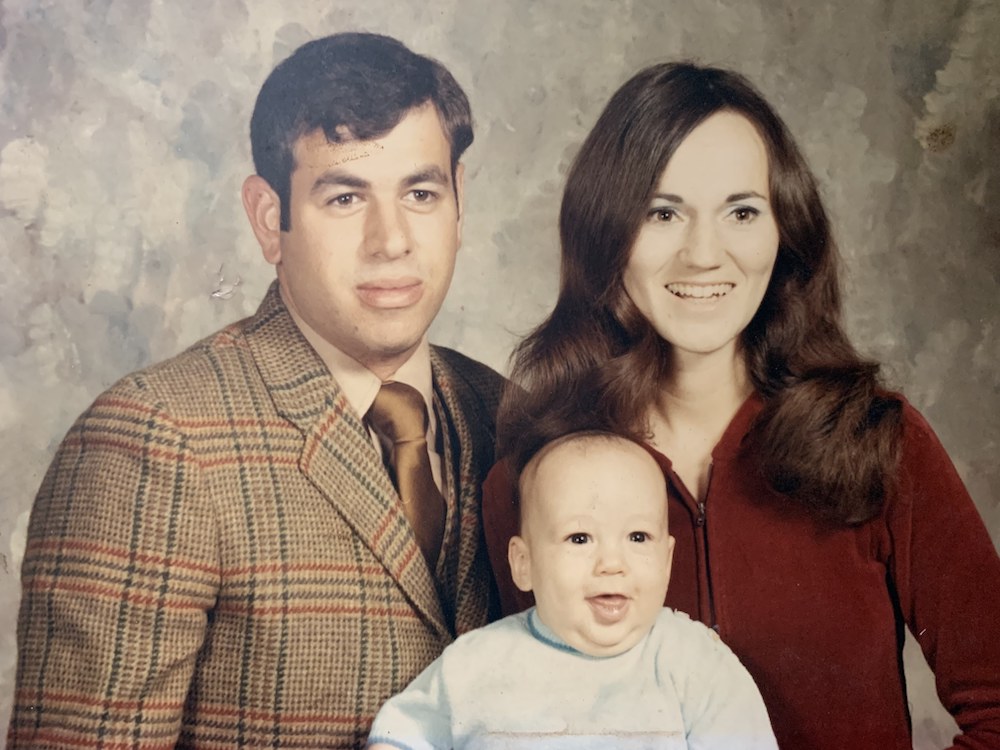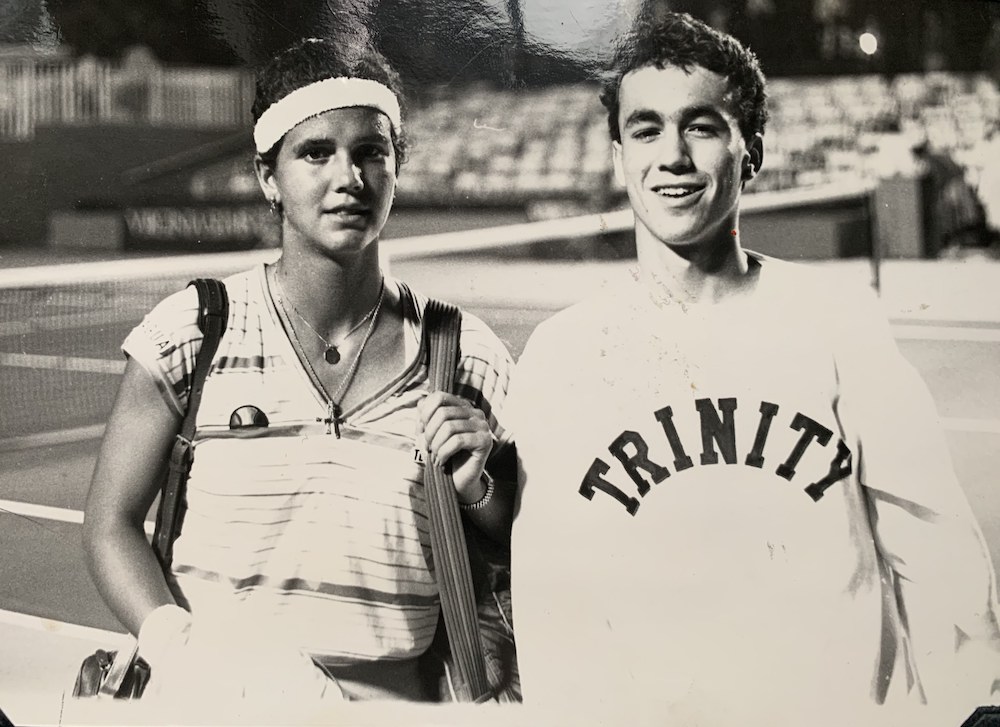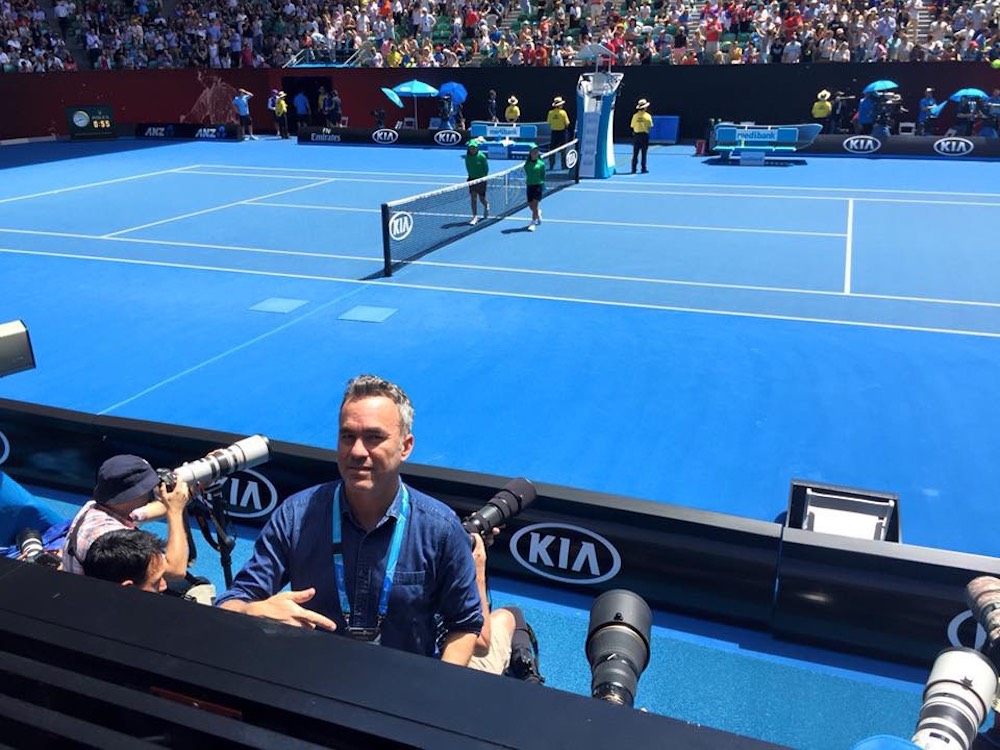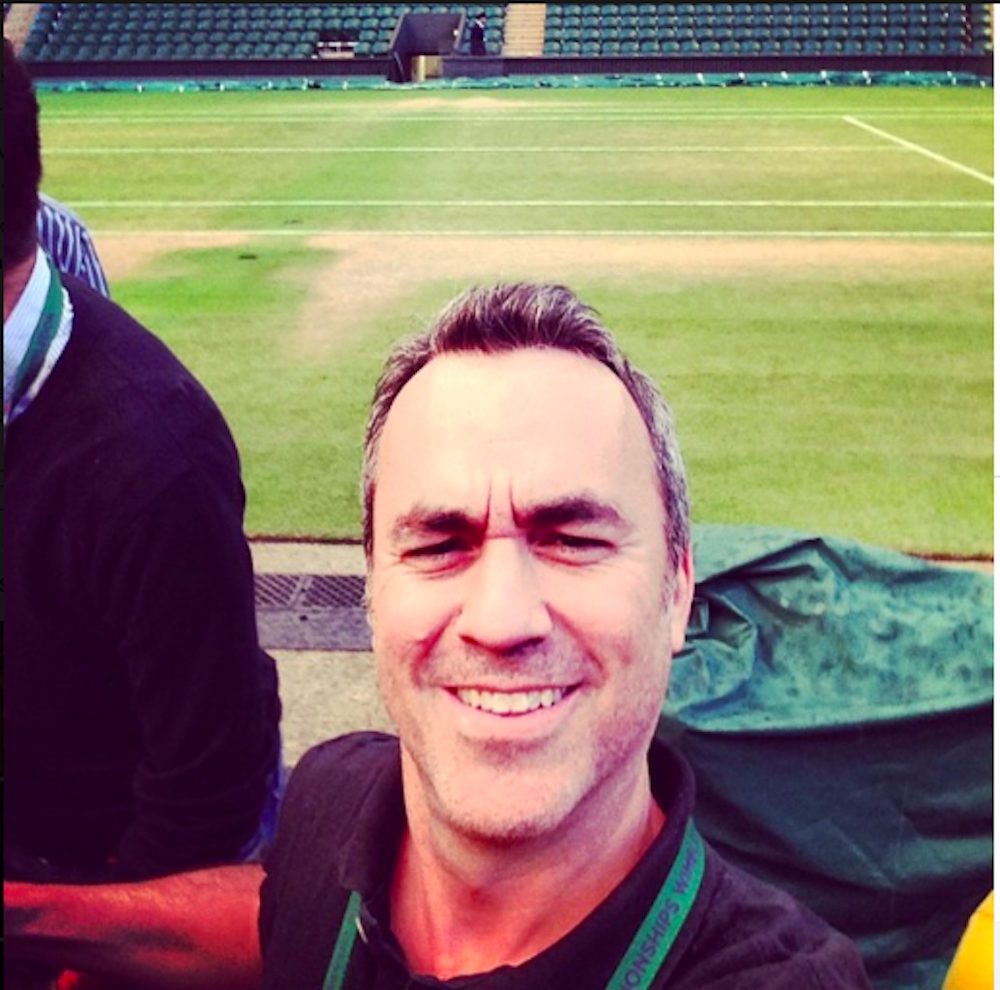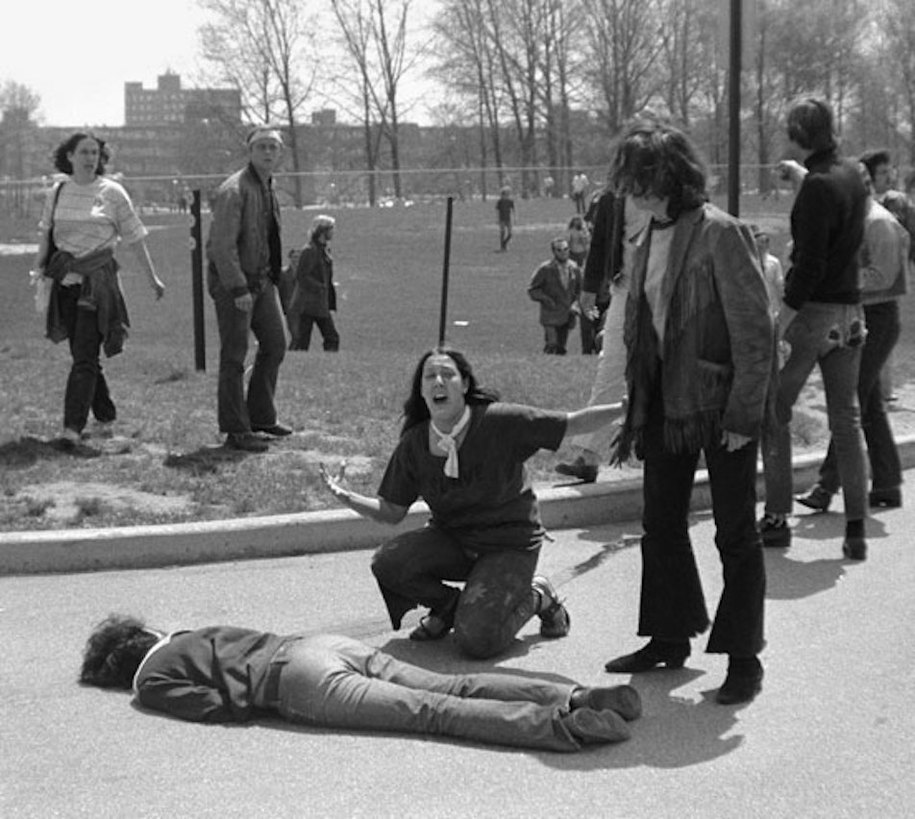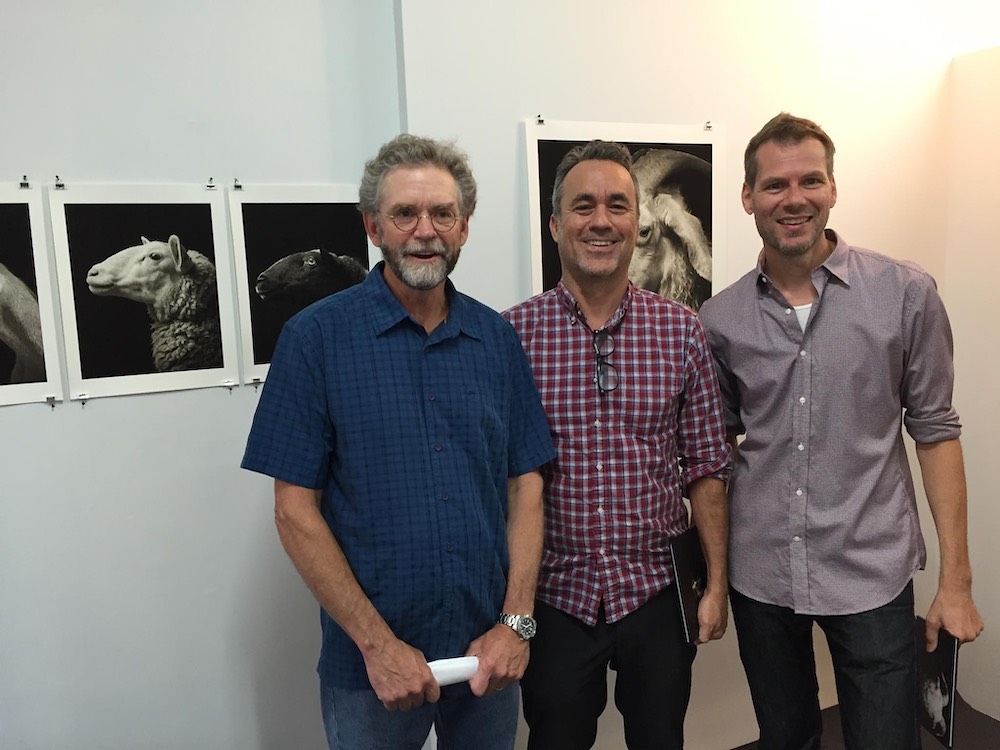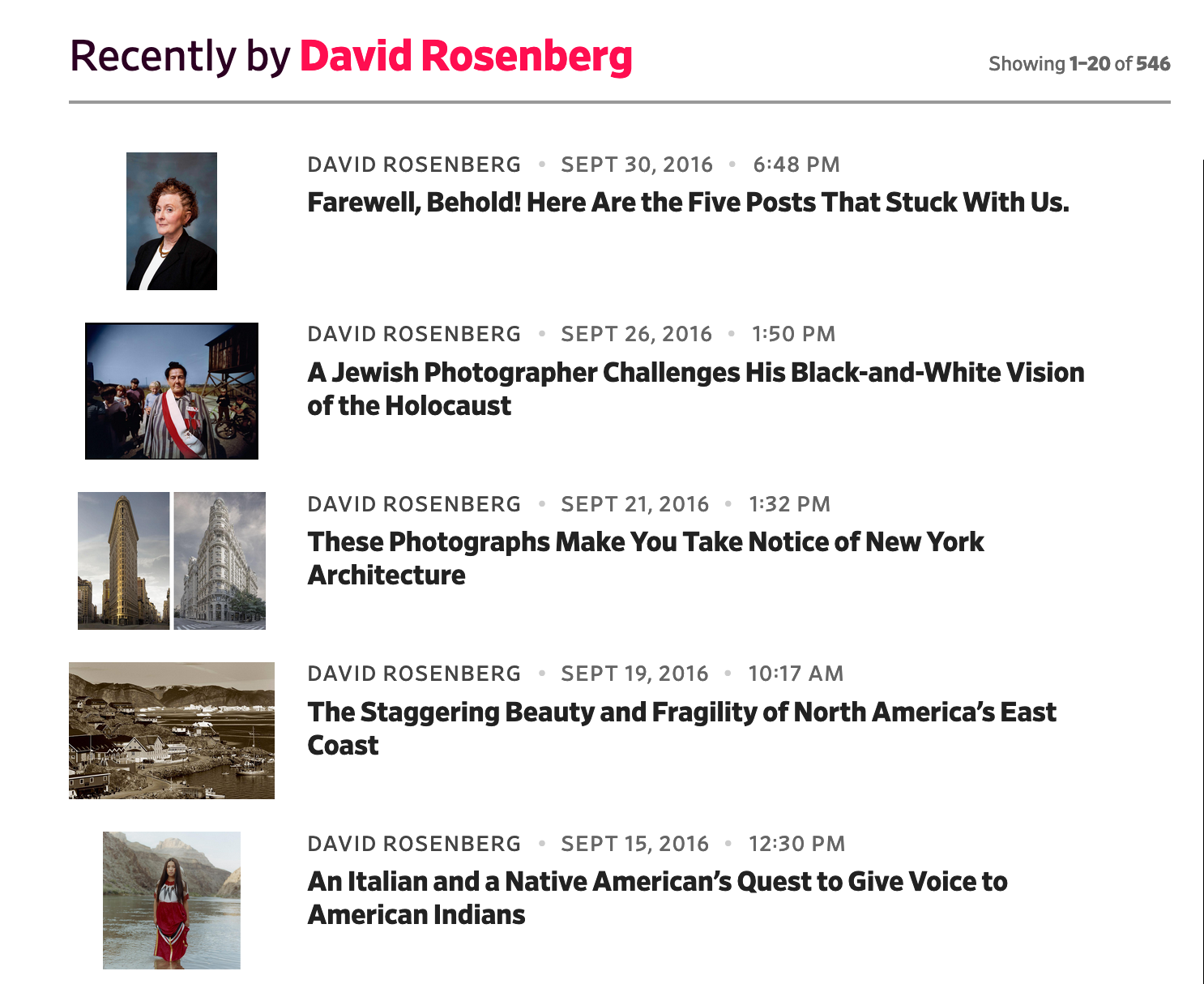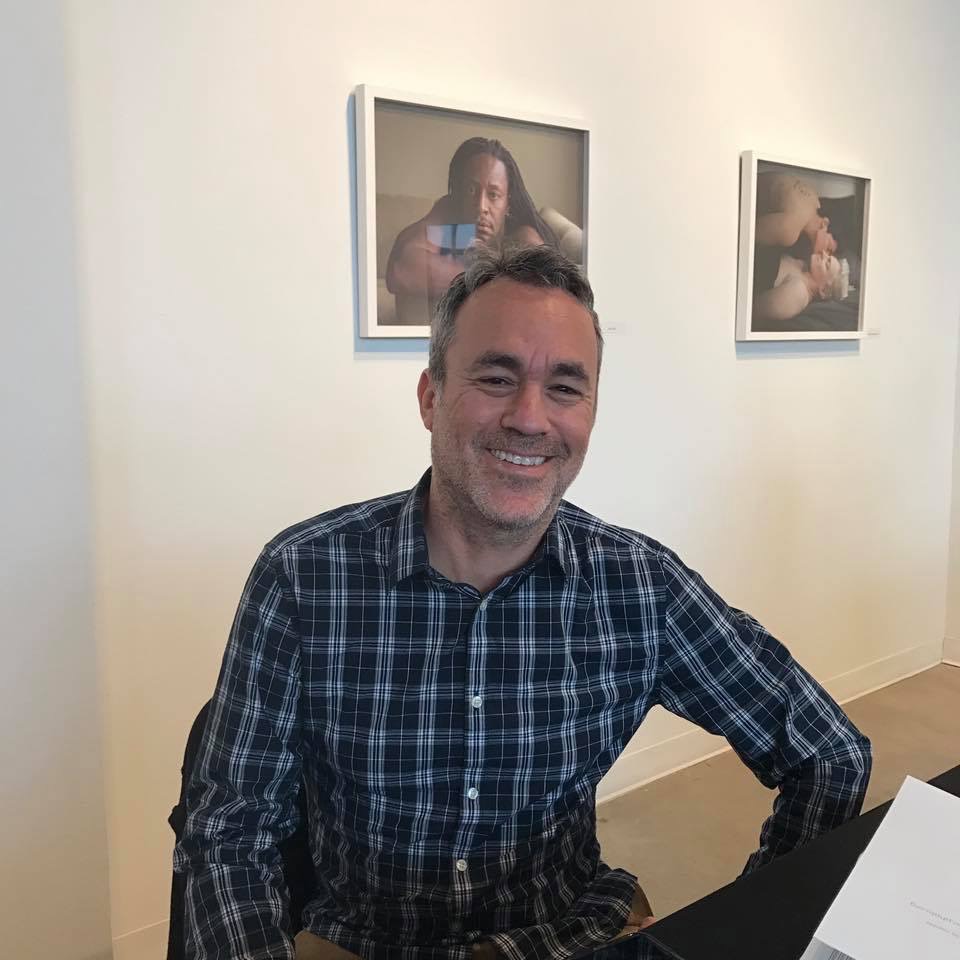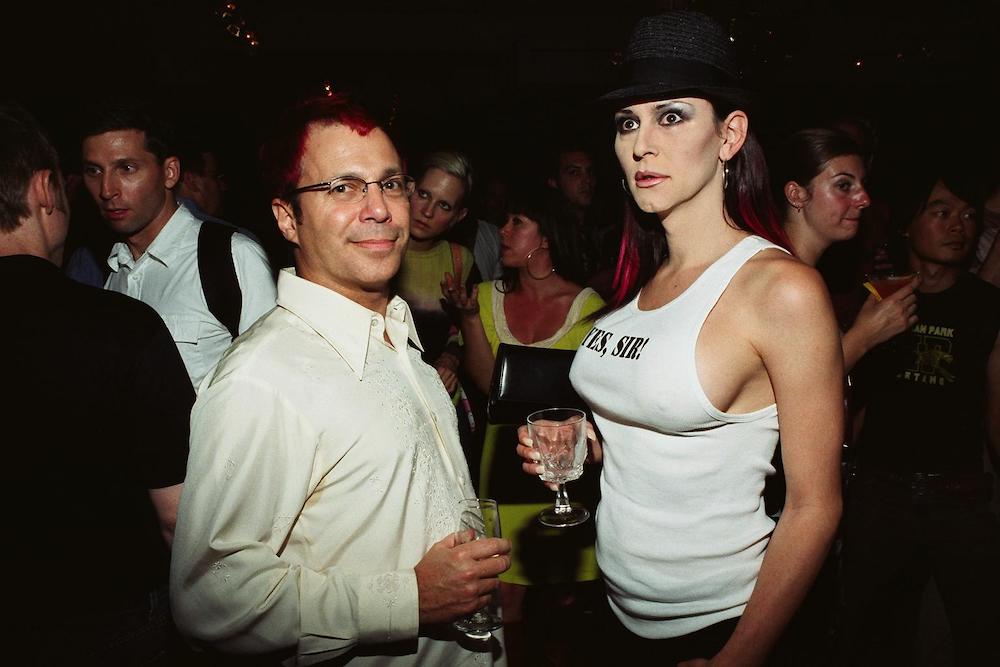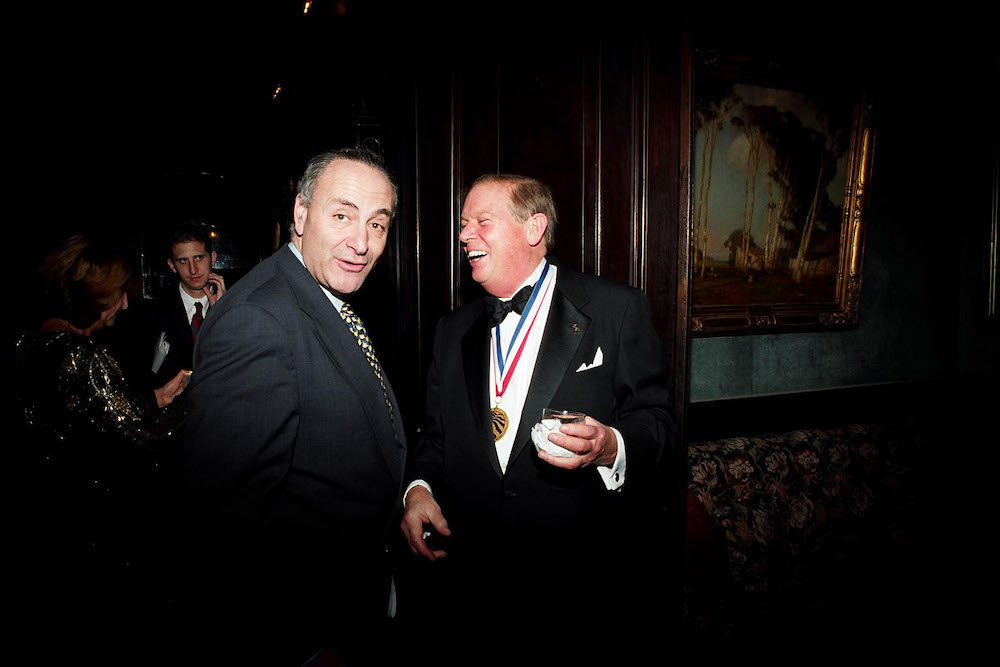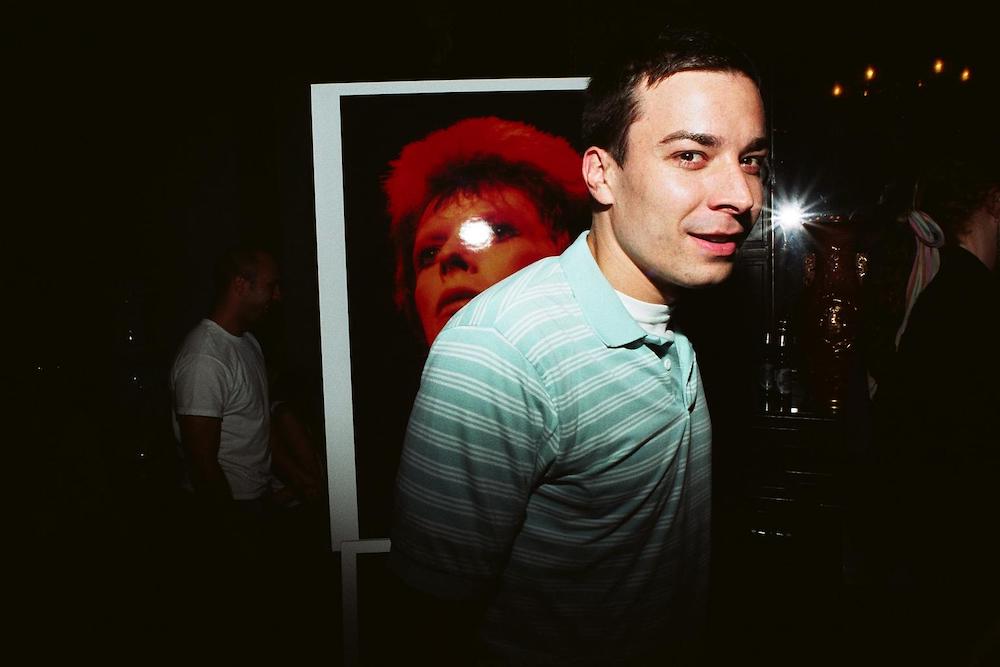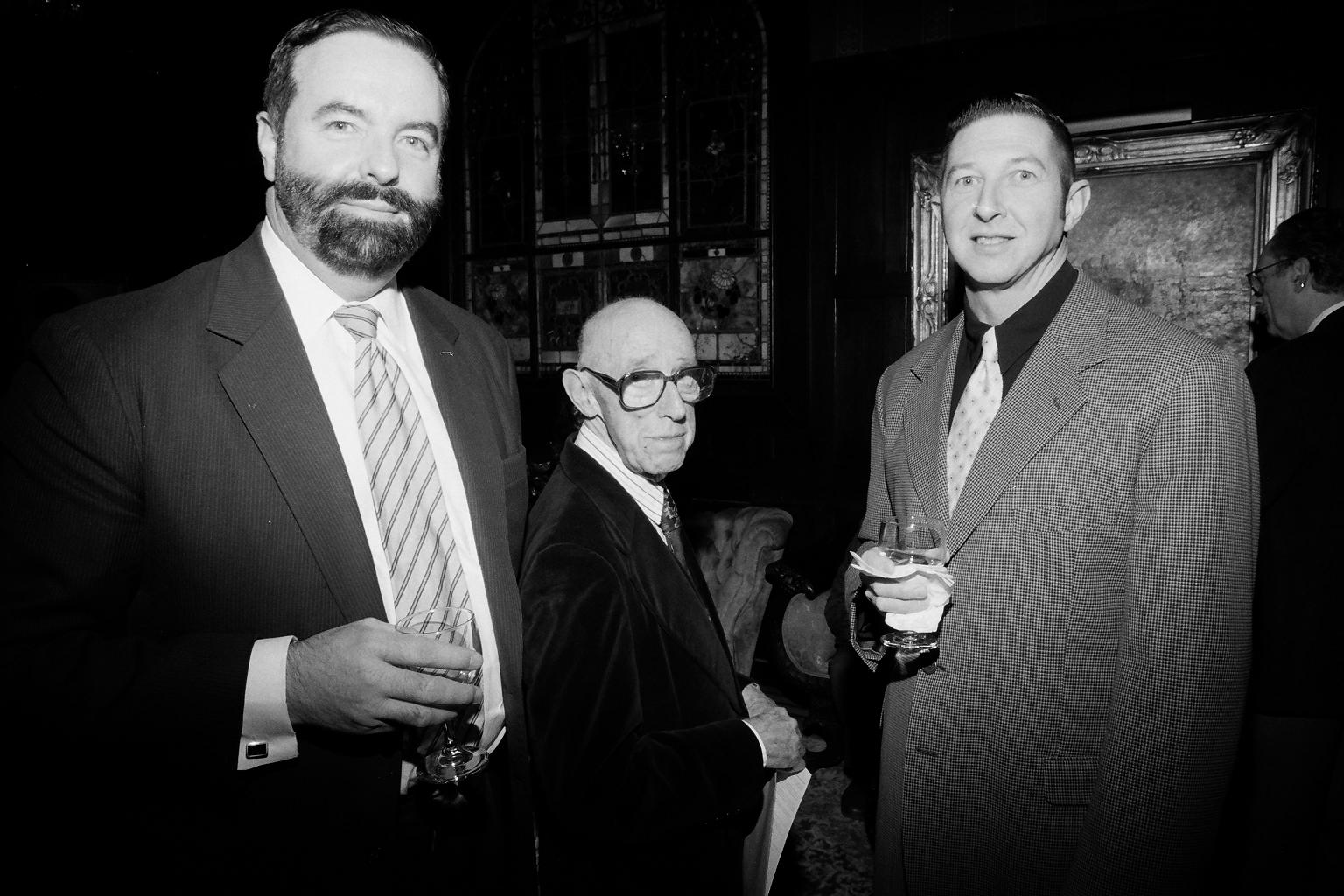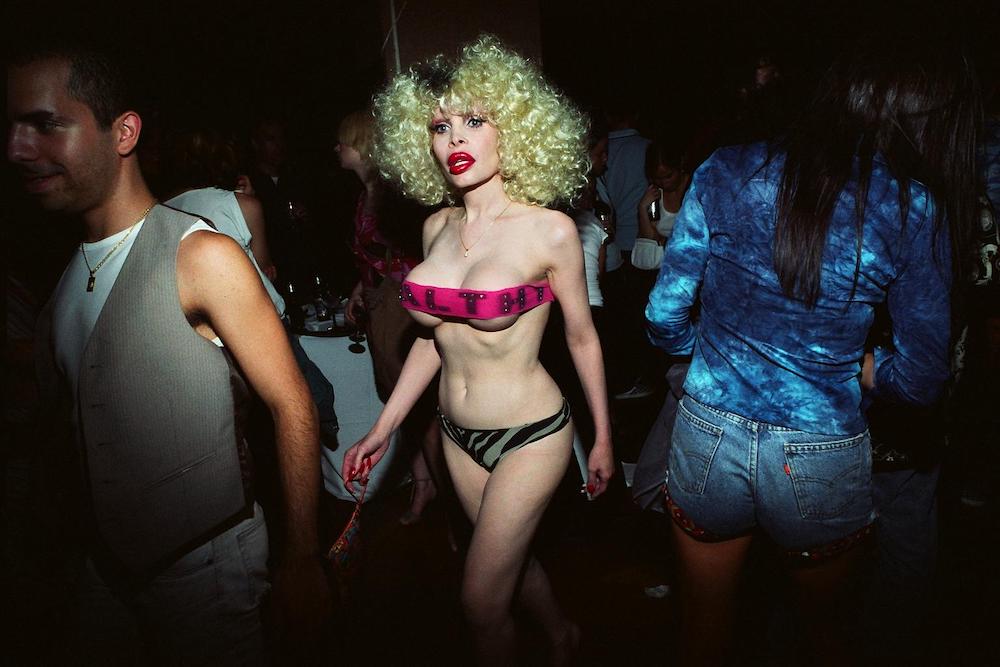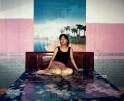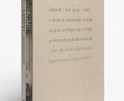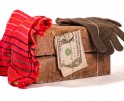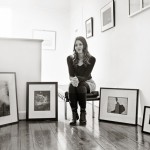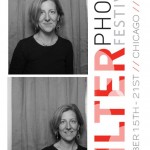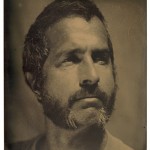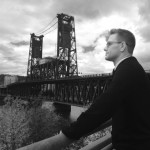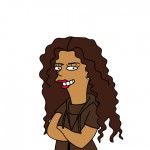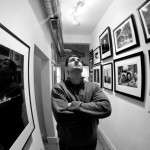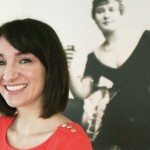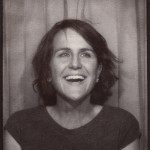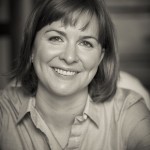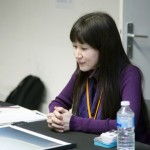The David Rosenberg Mixtape
I’m not sure when David Rosenberg first came on my radar, but I do remember our official first meeting at the Filter Photo Festival in Chicago. David is one of those people you meet and immediately know they are special–open, engaging, talented, and knowledgeable. I’ve had the good fortune to spend time with David at review events over the years and have followed his career as he supports photographers, sometimes providing a career changing platform resulting in world wide exposure. His own career is ever evolving, now the Communications Director at TEDx, after working in a whole host of arenas–as a social media and communications director, a journalist and photo editor with experience in all sectors of publishing: magazine, book, web and video. He is a published photographer and has been writer for outlets such as New York Magazine, the Tennis Channel (also featured as an on-air expert) and TENNIS Magazine; a freelance stylist and photographer for dozens of fashion editorial photo shoots and a photographer for The National Arts Club.
I am so happy to share today’s David Rosenberg Mixtape!
Tell us about your growing up and what brought you to photography.
When I was around 11 I discovered tennis and it immediately became a passion of mine. I played it, watched it on TV, dragged my parents to tournaments and devoured every book I could find or every copy of TENNIS Magazine.
I also loved photography.
I went to a public high school that had a darkroom and offered journalism and photography classes. I know I’m not alone when I reminisce about what it felt like to process my first roll of black and white film and develop prints. I was hooked, not only by the magic of the darkroom, but also by the camaraderie of fellow photographers. Especially in high school, the darkroom is an oasis of positivity in the middle of what can often be a negative environment.
I worked on my school newspaper as both a writer and photographer. I learned pretty early that it was a lot more fun to hang out with photographers than writers! I also learned that writers are always given more respect. Throughout my career, I’ve often felt that if a magazine were a prison, you’d want to befriend the photo editors first. They’re the least respected, but they’re the ones who will get you what you need.
With that in mind, for some reason I stayed away from photography and I majored in journalism in college and focused mostly on writing. I took a lot of photos, since I was the person in the friend group who carried around a camera. After I graduated, I kind of floated around for a while. I moved to New York and worked a lot of odd jobs. I went out often and met photographers and always fantasized about working in the industry. I had no idea in what role, since I had a hard time imagining myself as a photographer and I really didn’t know anything about photo editing jobs. In my early 20s I decided I needed to start a “real” career. I got a copy of the Village Voice and sent out resumes to maybe 50 places – if the word editor or photography was in the description, I sent a resume. I ended up working as a photo librarian/researcher for the French photo agency Sygma. Sygma was a hugely influential to me, mostly because it was run by Eliane Laffont who is just about the most badass person in the entire photography world (it’s true, ask anyone). I loved going through all of the files and looking at so many great photographs. Eventually I became an account executive. This was during a time when account executives had a genuine relationship with a book or magazine photo editor – I loved how collaborate the process was back then.
About a year in, the digital revolution rolled in; Corbis bought Sygma and that was the start of the end for all of these wonderful boutique agencies. Getty and Corbis swallowed all of them up so quickly – it felt like the entire industry was dying. I’m sure many people would argue that it did die during that period.
Soon thereafter, I took a job as a photo editor for the textbook publisher William H. Sadlier. I say this all the time, but textbook photo editing is hands down the best training you can get. It teaches you to be precise and to be observant. It’s an incredibly influential position: you are illustrating vocabulary words, telling history through visuals, and equating image with text that often stays with us for our entire lives.
After a few years there, a friend heard that TENNIS Magazine was looking for a photo editor, which in many ways was a dream come true for me. I spent 9 years there, mostly because I worked with a great creative director who allowed me a lot of freedom. I think people were surprised by the high level of artwork we did there. We did have good writers, but I think the art and art direction really took the magazine to another level. I produced portraiture and fashion shoots with Cass Bird, Ryan Pfluger, Sarah Wilmer, Mackenzie Stroh, Jason Noctio, Marla Rutherford, Joyce Lee, etc. etc.
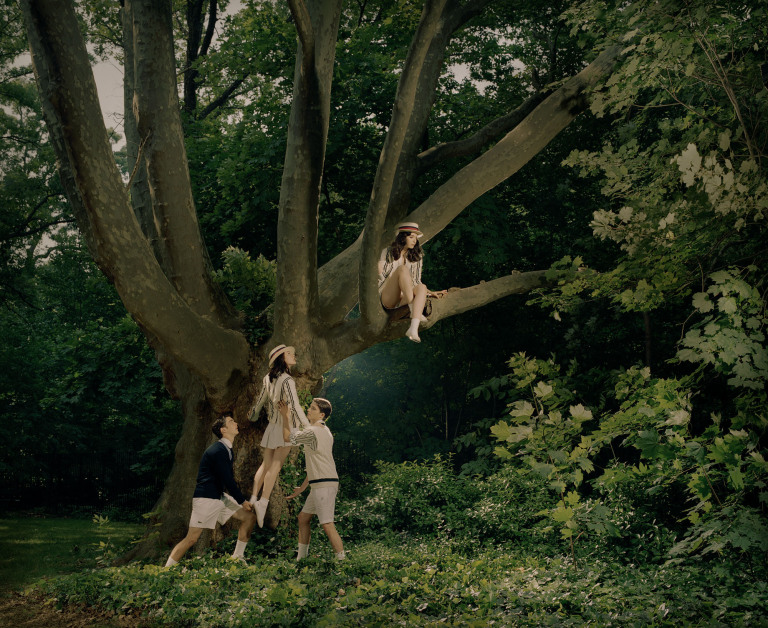
This is an image from a fashion shoot I produced for TENNIS Magazine. I hired the photographer Sarah Wilmer and stylist Susan Joy and we produced this in prospect park. It was an incredible shoot – one that ended with me being jumped in prospect park and winding up in the emergency room. Probably the best shoot I ever produced.
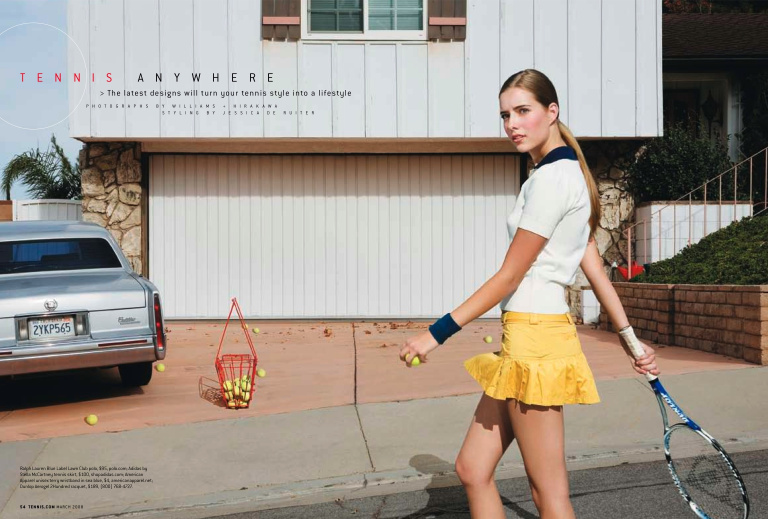
© Williams + Hirakawa, Here is another shot from one I did with Williams+Hirakama and Jessica de Ruiter. We shot the models on a green screen outdoors and then placed them into the surroundings – as a kid I would play tennis anywhere so I wanted to convey that in this shoot.
In hindsight, I stayed there too long. When you’re in your 20s and 30s, you should never stay anywhere for 9 years. It’s just way too long and you’re limiting yourself, no matter how good you think you have it.
If you haven’t noticed by now, I have a unique gift: I tend to find jobs in industries as they are falling apart. While I was thrilled to work for a magazine I had devoured throughout my childhood, the issues became smaller and smaller and eventually most of the staff was laid off. Another lesson: make sure you continue to freelance if you take a full time gig. I hadn’t, and it took me a little while to find work since I had few contacts outside of tennis. I ended up managing photo departments and working on digital teams for all of the major tennis tournaments including Wimbledon and the Australian Open, which was an exciting job. I also worked a lot of freelance gigs as a photo editor for Us Weekly. In 2012, I was hired to work as a contributor for a new photography blog at Slate called Behold. The day after I was hired, the editor left and I was asked to take over. I spent four years there producing roughly 6 stories a week with Alyssa Coppleman and Jordan Teicher who were equals when it came to making decisions about the direction of the blog. It was a bummer when Slate decided to end it since we had worked really hard to build it and I think we were successful in creating a respected outlet.
I’d like to point out something else. I grew up in Kent, Ohio, which is primarily known for the May 4, 1970 shootings at Kent State University. Although I would never have been able to articulate this during my childhood, a lot of my thoughts about photography were formed simply because I became so familiar with the famous John Filo shot of the screaming girl leaning over the dead body of Jeffrey Miller. When I think of the shootings, that’s the first image that pops into my head. Most likely, it’s the same image that pops into almost everyone’s head. That image speaks to my explanation about why I loved working in textbooks. Photographs have this incredible power to link us to events in a powerful way. And the power of a photographer and photo editor is awesome. Our memories, both personal and collective, are shaped by photographs. This is all very obvious, but I wanted to bring it up because I think it’s important to reiterate the power of image making and editing, especially today when that power often seems to be abused or treated as an afterthought.
What is your title and job description and tell us about a typical day?
A couple of years ago I started working for TED as the communications manager for TEDx and was just promoted to the Communications Director of TEDx. Although my job involves a lot of communications, marketing, social media and branding, I also do a lot with photography, mainly I try to help all of the TEDx events around the world take better advantage of photography as a branding tool. A lot of photographers give TEDx talks, so it’s a great way for me to help spread their ideas as well.
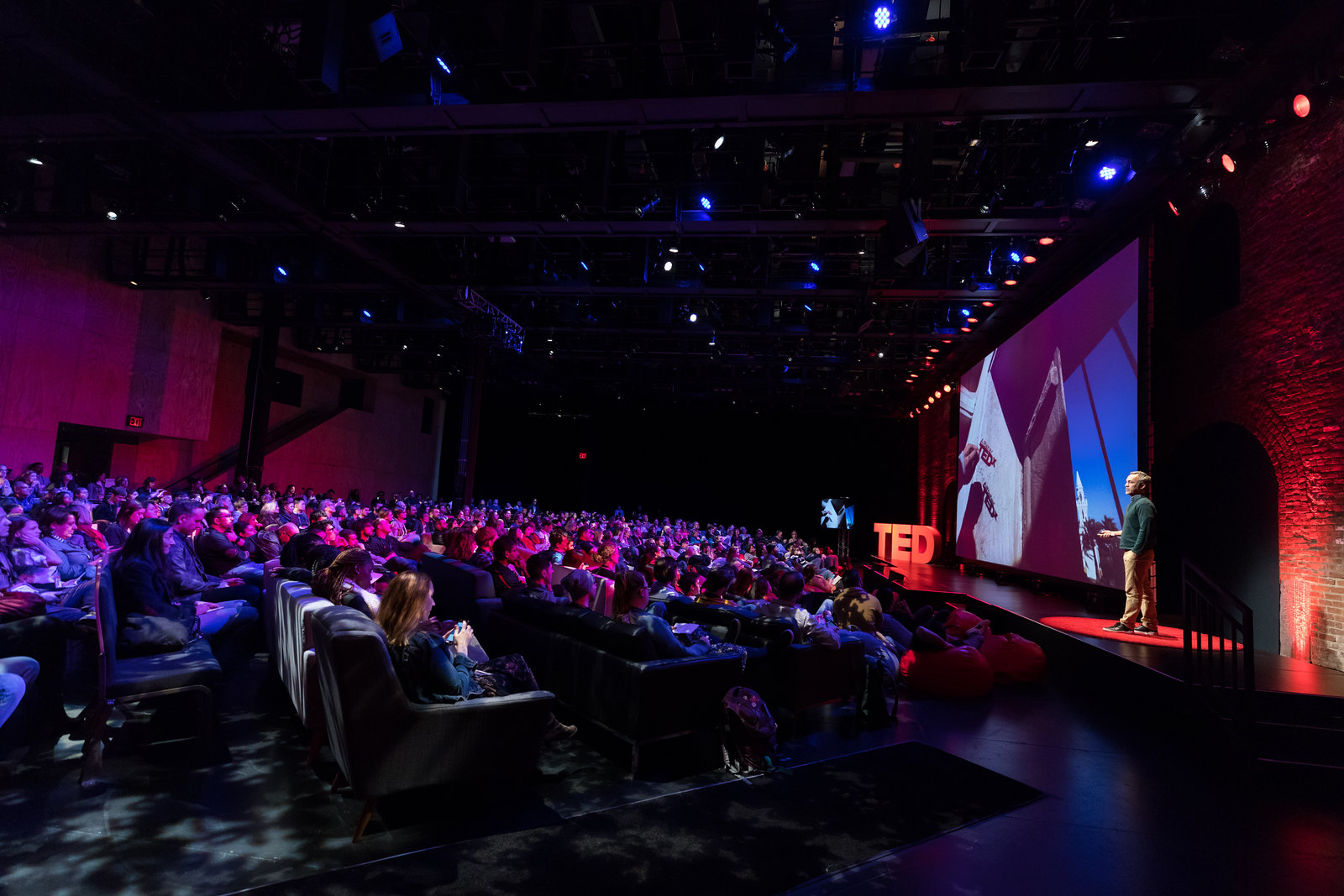
TEDFest is a simulcast experience around the livestream of TED2018 – The Age of Amazement, in the vibrant Brooklyn neighborhood of DUMBO, April 10-14, 2018. New York, NY. Photo: Dian Lofton / TED
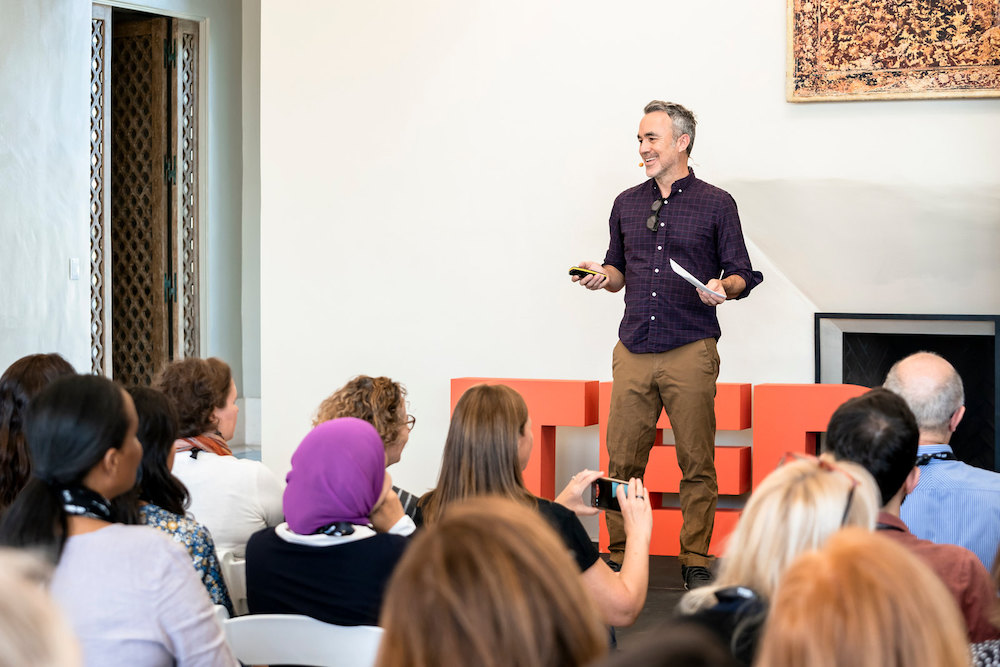
David Rosenberg speaks at the TEDx Workshop at TEDWomen 2018: Showing Up, November 28-30, 2018, Palm Springs, California. Photo: Marla Aufmuth / TED
What are some of your proudest achievements?
I love providing a space for photographers to show what they can do. During my time at Slate, I was really proud that we were able to provide a vehicle for photographers through which their work could be seen. Many times we were a stepping stone for them to get even more press or book deals, gallery shows, etc.
What are best practices for photographers to approach a Photo Editor?
I was reading some interviews with photo editors and I feel most everyone has a similar philosophy. Make sure you have all of your ducks in a row: your website is user friendly (for fuck sake, avoid all the bells and whistles), you have a great edit, and you have a really clear, concise statement. I know a lot of younger photographers wrestle with the idea of being persistent and being a nag. I think it’s OK to send a couple of reminders, but also, photographers who are new to the industry, should also set their sights to what is truly realistic for them. If you want to be in the NYTimes, go for it, but keep in mind some other spaces that might be easier to get your foot in the door.
Any advice for photographers coming to a review event?
I’ve thought about this question a lot and have read many interviews/posts from photography professionals who have strong opinions about the review process. I pretty much agree with everything I read and that’s because I realize that – much like the photography industry – there aren’t any hard and true answers that work for everyone.
During a review I can’t possibly hand someone the key to success in 20 minutes. Not only because I don’t have it (a HUGE misconception is that anyone you’re sitting down with during a review will have it) but also, if I did, 20 minutes wouldn’t be enough time to share those secrets.
I will add this. If a photographer ends up seeing 6 reviewers and all of them say “you need to edit” then perhaps the photographer should do their best to receive that message. In my mind, reviews offer something that is invaluable: networking. If you don’t know how to network – in any industry – we all know that you’re never going to make it. So I would encourage a photographer to network as much as possible. Or at least practice networking as much as possible, which is why reviews are so good. A lot of photographers aren’t aware that when the reviews are done, the reviewers end up doing a lot of socializing. We talk about the work we saw, recommend photographers to reviewers who may have missed them, etc. In that sense, when a photographer attends a review, their work has the potential to be seen by a much wider audience than only the reviewers they were scheduled to see.
Show up with an extremely tight body of work (no more than 20 images). Maybe have a second story on hand just in case, and then try your best to take in whatever the reviewer is saying, even if you don’t like it. If I end up with a talker, I let them talk – who am I to interrupt? But, my advice is for the photographer to sit there and listen. I do ask questions and try to get at the heart of what they’re doing: why did you choose this subject? What was your inspiration? What are your dreams? How are you going to try to achieve your goals? If a photographer feels a reviewer gave them nothing, that’s probably because they weren’t paying attention. I don’t try to relate to a photographer, but I do try to connect with them. When a reviewer sits with a photographer and gives them attention, something is gained: a perspective, a chance to listen, an opportunity to take something in, to understand everyone is not going to get your work; or understand it; or appreciate it; or review it the same way. A reviewer can give advice about what would work for a gallerist or a photo editor or a writer. And in the end, a photographer can either take all of that to heart, or they can take it with a grain of salt. I try very hard to keep my reviews away from whether I love the work (although if I love it, I do say that) and try to focus more on what their process is: how organized are you? Where do you think this work would fit in best? I can only tell a photographer what I know. I can tell them what my colleagues have told me they like. And I can tell them what people in the industry do not like. And mainly, what no one has ever told me that they like, is a photographer who isn’t prepared and who acts like an asshole. Be prepared and be nice. And that’s not only at reviews: that’s everywhere.
What is something unexpected that we don’t know about you?
I worked as the official photographer for the National Arts Club in Gramercy Park for a few years back in the mid 1990s. The NAC has an eccentric membership and I would shoot about one event per week and was able to meet a lot of really great artists the club would recognize over dinner and a party. One day, early on, I was shooting (on film) and accidentally mis-programed my flash. It ended up creating this weird silhouette which the NAC loved, so it became my style for them. Working as the official photographer for the National Arts Club was one of my favorite jobs I’ve ever had. So many fascinating people came through those doors and the setting was really outrageous. Not many camera shy people and I didn’t have to take standard pics.
And since this is a Mixtape, what is your favorite song, band, and do you dance?
I do like to dance but I’m not so great at it. My style has been mocked many times but the older I get, the less I care. There’s so much great music to dance to, everything from the B52s Mesopotamia to ELO, OMD to Missy Elliot, Earth Wind and Fire, to Frankie Knuckles to Tame Impala. I’ve been making a lot of mixtapes on spotify (can you say that?) and there does seem to be some uniformity. I’m a fan of a lot of different genres of music. I also love to see live music, although these days I try to check to see if I’ll have a seat before committing to a ticket. Not a fan of having to stand the entire time.
And now we turn the microphone over to David:
I’m going to sound a little bit like the director of communications at TEDx, so stay with me for a minute. One of the great things about TEDx is that TED provides a free license for local volunteers around the world to put on TED-like events. We have well over 100,000 talks on our YouTube channel which is a great way to watch some local ideas that often have global appeal.
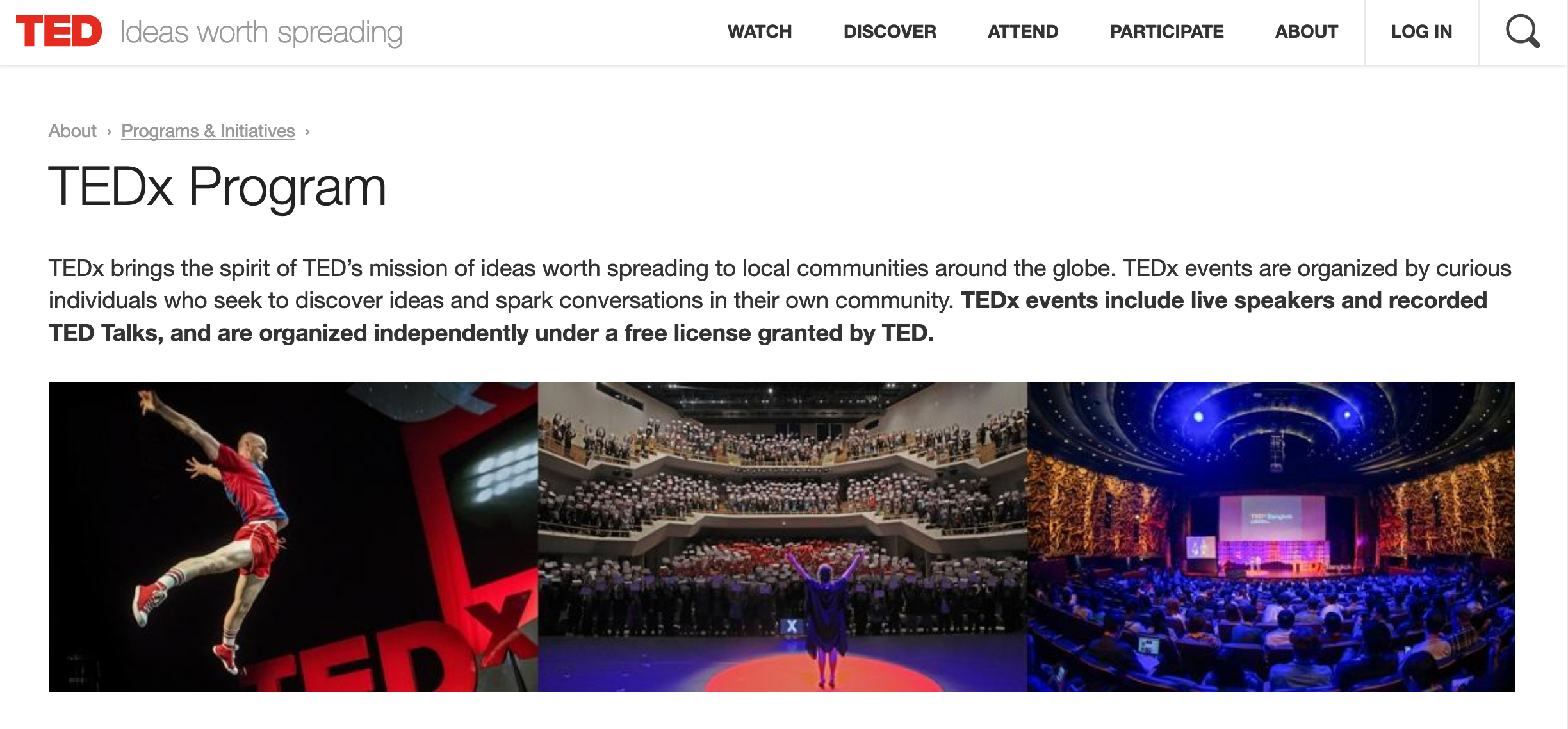 Because one of the requirements for all curators is to put on their stage disparate subjects, a lot of really fantastic talks about art are unearthed – including many on or from photographers.
Because one of the requirements for all curators is to put on their stage disparate subjects, a lot of really fantastic talks about art are unearthed – including many on or from photographers.
What I love about many of these talks is listening to the photographer’s voice (literally) and learning a bit more about what inspired specific projects. This is my favorite part of writing about photography – hearing directly from the photographer about their lives and their work. Try to attend a TEDx event in your area!
There are so many talks on both TED and TEDx from photographers but here are some of my favorite:
When I was at TENNIS, I worked a few times with Ryan Pfluger. Ask anyone who has worked with him and they’ll tell you about what a kind and genuine person he is – and that you always get great photographs in return. His talk is just as endearing and transparent as he always is in person.
This talk deals with street photography and social media, specifically, what does privacy mean? And, how does something like street photography – traditionally thought of as an acceptable form of voyeurism – compete with Facebook, now seen as one of the biggest violators of privacy? As an aside, I’m always interested to see how speakers cope with their anxiety about public speaking – holding a camera as a prop throughout this talk struck me as how many photographers cope with anxiety (and sometimes using the camera as a shield when shooting).
I really enjoyed the way Saane de Wilde delivered this talk. She describes her work about the island of Pingelap and the colorblind people who live there with a somewhat magical tone. It really feels like her photographs.
This is a touching story about how photographer Tony Luciani used a spontaneous moment to work with his mother, who lives with dementia, on a collaborative series that is humorous and poignant. The emotion in his voice is really touching.
Thank you David, for being such a bright light in our community!
Posts on Lenscratch may not be reproduced without the permission of the Lenscratch staff and the photographer.
Recommended
-
Photographers on Photographers: Congyu Liu in Conversation with Vân-Nhi NguyễnDecember 8th, 2025
-
Linda Foard Roberts: LamentNovember 25th, 2025
-
Arnold Newman Prize: C. Rose Smith: Scenes of Self: Redressing PatriarchyNovember 24th, 2025
-
Spotlight on the Photographic Arts Council Los AngelesNovember 23rd, 2025
-
The Aline Smithson Next Generation Award: Emilene OrozcoNovember 21st, 2025

